Vietnamese rice has the opportunity to increase prices and sign long-term contracts with partners when India - the world's largest supplier - bans exports of this commodity.
The Indian government has imposed a ban on non-basmati white rice (a popular variety in South Asia), after domestic retail prices rose 3% in a month due to prolonged rains that caused significant damage to crops.
According to statistics from the US Department of Agriculture (USDA), India accounts for more than 40% of the world's rice exports. Therefore, India's export ban has caused a big "shock" to the world rice market.
In this context, Professor Vo Tong Xuan - a leading Vietnamese agricultural scientist, the "father" of many delicious rice varieties in the Mekong Delta - believes that the second half of the year will be a "golden" opportunity for Vietnamese rice to make a breakthrough. In the first half of the year, the average export price of rice increased by 11% to 539 USD per ton. After this ban, he believes that the price of rice could reach 600 USD, with high-quality delicious varieties reaching an average price of 700 USD per ton.
According to Professor Xuan, India's sudden export ban will cause great damage to importing countries because they cannot find alternative rice shipments from countries with small supplies. Therefore, the Vietnamese and Thai markets will be the destinations for importers. He predicted that Vietnam's export turnover in the second half of the year could increase dramatically.

Harvesting machines on a rice field for export to the EU. Photo: Linh Dan
Speaking to VnExpress, the director of a rice exporting company in Can Tho said that in July, the company's rice export orders increased by 20% compared to the previous month and increased by 30% compared to the same period last year. "In the past 2 days, after the news that India banned rice exports, many partners have asked us to sign long-term contracts to ensure supply, but the company is still considering it," the director of this company said.
According to the company, in the first 6 months of the year, the company's rice export price increased by 22% compared to the same period last year. After the above ban, he predicted that the export price could increase by 30-40% compared to last year.
Vietnam is facing many advantages. The world food supply is in short supply, rice cultivation areas in many countries are damaged and drought due to the appearance of El Nino has pushed rice prices to a 10-year high. Every year, India exports over 20 million tons of rice to the world. Therefore, when they issue the ban, the world is at risk of a 50% shortage of Indian production, or nearly 10 million tons - this is an opportunity for Vietnamese rice to increase prices and find long-term contracts.
Sharing the same view, Mr. Nguyen Duy Thuan, General Director of Loc Troi Group, said that India's ban on rice exports is an opportunity for rice exporting countries. Vietnam can take advantage of this opportunity to become a sustainable rice supplier to the international food market.
Although it has many advantages, according to Mr. Thuan, Vietnamese rice still faces many challenges in terms of quality and small scale. In particular, people have not yet accessed high-quality seeds, so rice productivity has not reached optimal levels. Farmers' cultivation and care techniques are limited, so when planting, they waste seeds, use a lot of fertilizers and pesticides, affecting quality and harming the environment. In addition, the large-scale management capacity of the Vietnamese rice industry is still limited.
To leave the challenges behind and seize this opportunity, according to Mr. Thuan, Vietnamese rice needs to improve quality, increase traceability to create trust with consumers and management agencies; protect the environment for sustainable production; closely link stages in the production and business chain to reduce costs.
At Loc Troi, the company is expanding the growing area to increase output for export; diversifying rice varieties to suit the international market; meeting the standards for exporting rice to high-end markets such as the EU, USA, Canada, Australia. In addition, the company is expanding rice cultivation models according to the international sustainable standard SRP 100, organic rice cultivation... to help increase the value of Vietnamese rice grains.
Along with businesses proactively building raw material areas, according to Professor Xuan, the State also needs to take specific actions in planning growing areas, monitoring growing areas and creating favorable legal corridors.
Right now, to have a large rice output for export, businesses need to establish long-term cooperation with purchasing units, farmers commit to their benefits, and at the same time, place orders with them according to the business's requirements. With import partners, businesses should ask them to sign long-term sales contracts to ensure stable export activities and farmers can feel secure in production.
Forecasting this year's supply, Mr. Xuan said that Vietnam is having quite favorable weather so productivity is high. This year, Vietnam can produce more than 43 million tons of paddy, the total rice volume in the market can reach 9 million tons.
Figures from the Ministry of Agriculture and Rural Development show that rice exports in the first six months of 2023 reached 4.27 million tons with 2.3 billion USD, up 22.2% in volume and 34.7% in value over the same period in 2022. The average export price of Vietnamese rice in the first six months of this year is estimated at 539 USD per ton, up 10.2% over the same period last year.
The US Department of Agriculture (USDA) has just raised its forecast for Vietnam's rice exports this year to continue exceeding 7 million tons. Vietnam will be the third largest rice exporter in the world this year, after India and Thailand. Currently, China, the Philippines, Malaysia, and Indonesia are increasing their purchases of Vietnamese rice from 40% to several dozen times.
vnexpress.net


![[Photo] National conference to disseminate and implement Resolution No. 66-NQ/TW and Resolution No. 68-NQ/TW of the Politburo](https://vphoto.vietnam.vn/thumb/1200x675/vietnam/resource/IMAGE/2025/5/18/adf666b9303a4213998b395b05234b6a)

![[Photo] More than 17,000 candidates participate in the 2025 SPT Competency Assessment Test of Hanoi National University of Education](https://vphoto.vietnam.vn/thumb/1200x675/vietnam/resource/IMAGE/2025/5/17/e538d9a1636c407cbb211b314e6303fd)


![[Photo] General Secretary To Lam visits exhibition of achievements in private economic development](https://vphoto.vietnam.vn/thumb/1200x675/vietnam/resource/IMAGE/2025/5/18/1809dc545f214a86911fe2d2d0fde2e8)





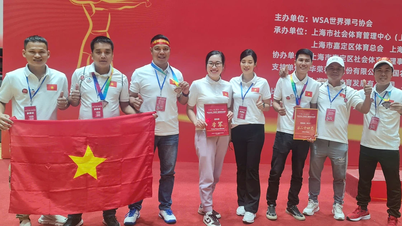
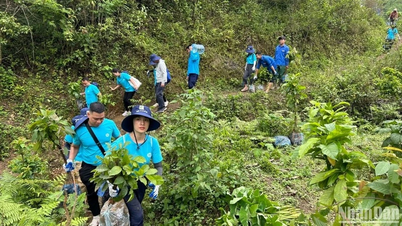
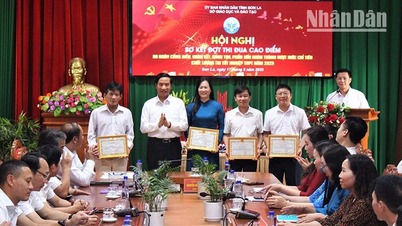










![[Photo] Prime Minister Pham Minh Chinh chairs meeting on science and technology development](https://vphoto.vietnam.vn/thumb/1200x675/vietnam/resource/IMAGE/2025/5/17/ae80dd74c384439789b12013c738a045)












































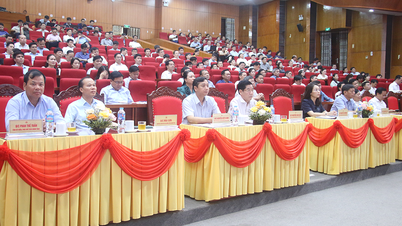





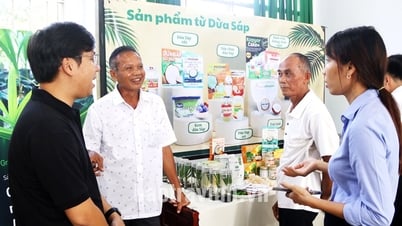



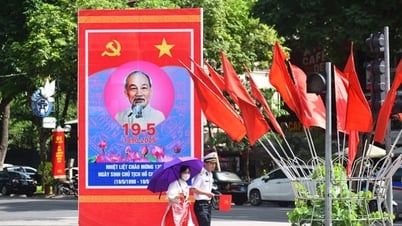










Comment (0)